-
 bitcoin
bitcoin $109523.663807 USD
-0.13% -
 ethereum
ethereum $4019.526508 USD
2.06% -
 tether
tether $1.000482 USD
0.00% -
 xrp
xrp $2.776815 USD
0.18% -
 bnb
bnb $958.942396 USD
0.12% -
 solana
solana $204.294698 USD
3.84% -
 usd-coin
usd-coin $0.999693 USD
0.00% -
 dogecoin
dogecoin $0.232115 USD
2.09% -
 tron
tron $0.338028 USD
0.84% -
 cardano
cardano $0.790920 USD
1.50% -
 hyperliquid
hyperliquid $44.871443 USD
5.60% -
 ethena-usde
ethena-usde $1.000322 USD
0.04% -
 chainlink
chainlink $21.034165 USD
2.60% -
 avalanche
avalanche $28.794831 USD
-0.54% -
 stellar
stellar $0.360466 USD
1.24%
What is a blockchain fork (hard and soft forks)?
A blockchain fork splits a cryptocurrency into two chains, with hard forks creating permanent splits and new coins, while soft forks maintain compatibility and network unity.
Sep 22, 2025 at 10:18 am

Understanding Blockchain Forks
A blockchain fork occurs when a single cryptocurrency splits into two separate chains due to changes in the network's protocol. This divergence can happen for various reasons, including upgrades, disagreements among developers, or responses to security threats. When a fork takes place, the original blockchain and the new version may coexist, leading to two distinct sets of records and potentially two different cryptocurrencies.
Hard Forks Explained
1. A hard fork introduces changes that are not backward compatible with the previous version of the blockchain.2. Nodes running the old software will reject the new blocks created under the updated rules, causing a permanent split unless they upgrade.
3. Hard forks often result in the creation of a new cryptocurrency, as seen with Bitcoin Cash splitting from Bitcoin in 2017.
4. These forks require all participants—miners, developers, exchanges, and users—to adopt the new rules to remain on the upgraded chain.
5. If a portion of the community refuses to upgrade, both chains can continue independently, each maintaining its own transaction history after the split point.
Soft Forks Demystified
1. A soft fork implements changes that are backward compatible, meaning older nodes can still validate new blocks.2. The updated rules are stricter than the original ones, so transactions valid under the new protocol are also recognized by unupgraded nodes.
3. Soft forks do not typically create a new currency because the network remains unified under one consensus mechanism.
4. They are often used to add features or improve efficiency without dividing the community or disrupting network continuity.
5. An example is the Segregated Witness (SegWit) update on the Bitcoin network, which altered how transaction data was stored but maintained compatibility with legacy systems.
Impact on the Cryptocurrency Ecosystem
1. Forks can lead to market volatility as investors react to uncertainty about which chain holds value.2. Exchanges must decide whether to support both chains, affecting liquidity and trading options for users.
3. Miners face choices about where to allocate their computational power, influencing the security and stability of each chain.
4. Users holding funds at the time of a fork may receive an equivalent amount on the new chain, creating opportunities and risks related to private key management.
5. Community trust can be affected, especially if forks arise from contentious debates rather than technical improvements.
Frequently Asked Questions
What happens to my coins during a hard fork?When a hard fork occurs, anyone who held the original cryptocurrency before the split usually receives the same amount on the new chain. However, accessing these funds requires control over private keys and sometimes technical steps like importing wallets or using specific tools provided by developers.
Can a soft fork turn into a hard fork?While rare, it’s possible. If a soft fork fails to gain sufficient miner support or leads to unexpected issues, developers might abandon it and pursue a hard fork instead. The decision depends on network conditions and consensus dynamics within the development community.
Do all blockchain networks experience forks?Most public blockchains undergo planned soft forks for upgrades. Hard forks are less common and usually stem from major disagreements or critical updates. Networks governed by decentralized communities tend to see more contentious forks compared to those with centralized leadership.
How do exchanges handle newly created forked coins?Exchanges assess factors like demand, technical feasibility, and security before listing a forked coin. Some platforms distribute tokens automatically, while others wait until the new chain proves stable. Unlisted forked coins may require manual claiming through personal wallet software.
Disclaimer:info@kdj.com
The information provided is not trading advice. kdj.com does not assume any responsibility for any investments made based on the information provided in this article. Cryptocurrencies are highly volatile and it is highly recommended that you invest with caution after thorough research!
If you believe that the content used on this website infringes your copyright, please contact us immediately (info@kdj.com) and we will delete it promptly.
- Whales, Trump Coin, and Crypto: A New York Minute on What's Hot (and What's Not)
- 2025-09-27 10:25:17
- SWIFT Tests On-Chain Messaging with Linea: A New Era for Global Finance?
- 2025-09-27 10:25:17
- BullZilla Crypto Presale: Surging Through the Meme Coin Jungle
- 2025-09-27 11:05:15
- Binance Coin, WLFI, Crypto Presales: Decoding 2025's Hottest Trends
- 2025-09-27 10:45:15
- Bitcoin, Gold, Stocks: Navigating the Shifting Sands of Investment in 2025
- 2025-09-27 11:05:15
- Bitcoin, Cardano, and Crypto Presales: Is BullZilla the Next Big Thing?
- 2025-09-27 11:10:01
Related knowledge
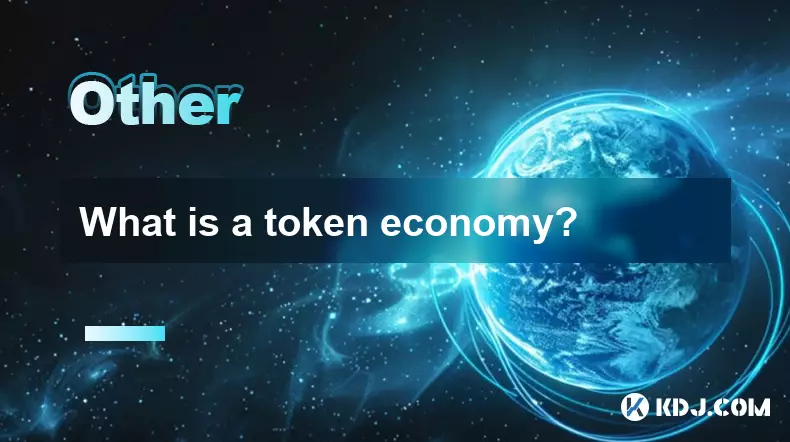
What is a token economy?
Sep 20,2025 at 12:18am
Understanding the Foundations of a Token Economy1. A token economy in the context of cryptocurrency refers to a system where digital tokens are used a...
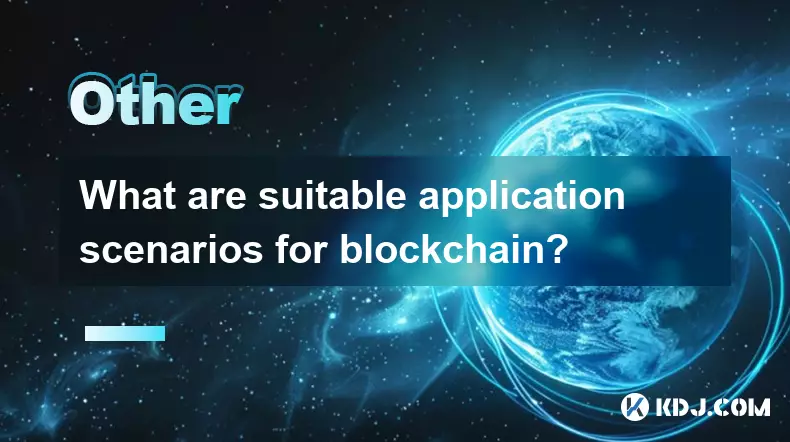
What are suitable application scenarios for blockchain?
Sep 20,2025 at 03:19am
Decentralized Finance (DeFi) Platforms1. Blockchain enables the creation of financial services without centralized intermediaries, allowing users to l...
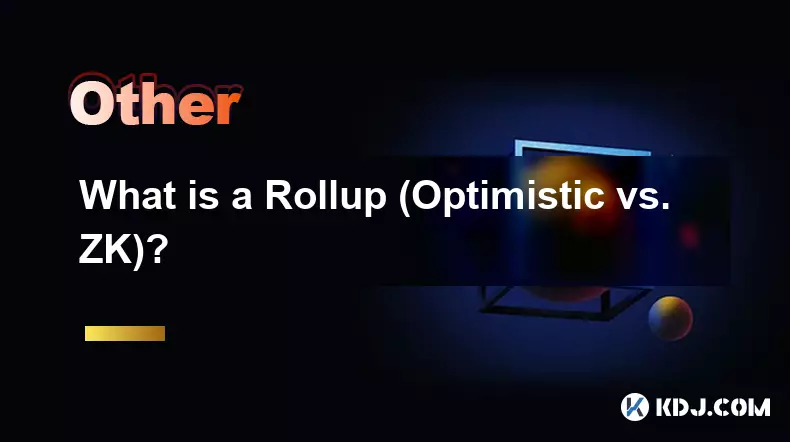
What is a Rollup (Optimistic vs. ZK)?
Sep 22,2025 at 03:00pm
Understanding Rollups in Blockchain Technology1. Rollups are layer-2 scaling solutions designed to increase transaction throughput on blockchains like...
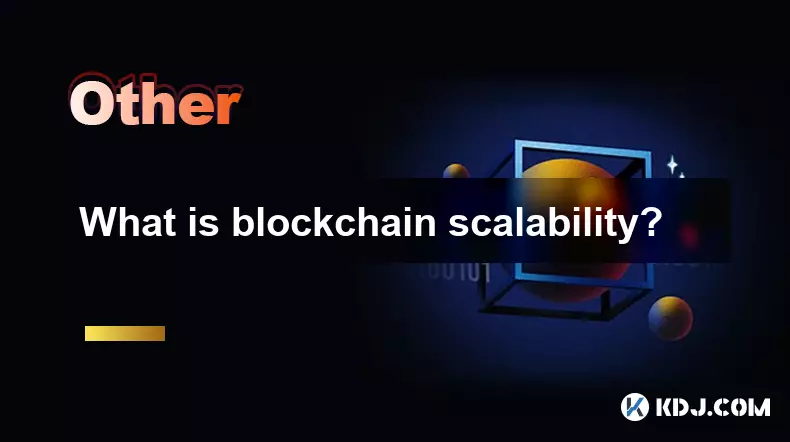
What is blockchain scalability?
Sep 19,2025 at 06:18am
Understanding Blockchain Scalability1. Blockchain scalability refers to a network's ability to handle an increasing number of transactions without com...
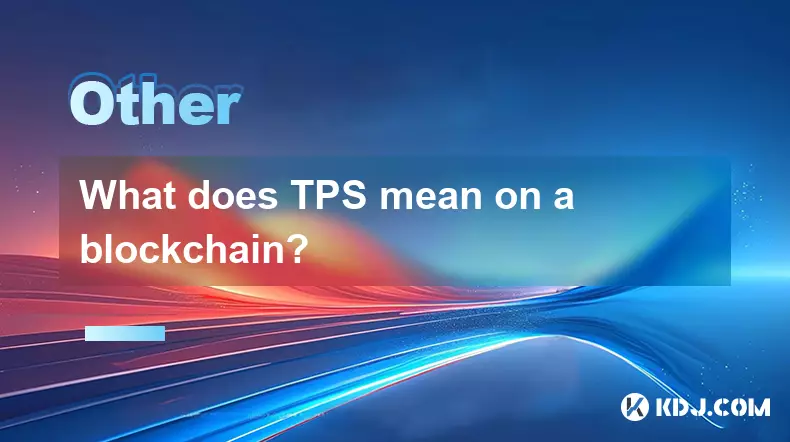
What does TPS mean on a blockchain?
Sep 21,2025 at 09:54am
Understanding TPS in Blockchain Technology1. TPS stands for Transactions Per Second, a metric used to measure the number of transactions a blockchain ...
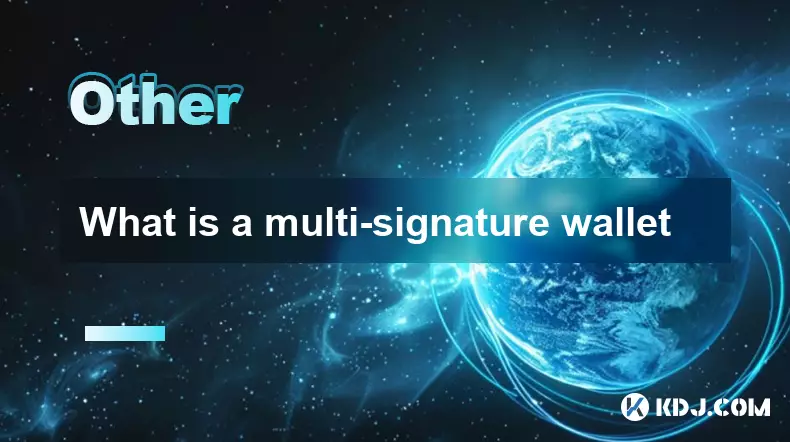
What is a multi-signature wallet
Sep 20,2025 at 07:00am
Understanding Multi-Signature Wallets in Cryptocurrency1. A multi-signature wallet, often referred to as a multisig wallet, is a type of cryptocurrenc...

What is a token economy?
Sep 20,2025 at 12:18am
Understanding the Foundations of a Token Economy1. A token economy in the context of cryptocurrency refers to a system where digital tokens are used a...

What are suitable application scenarios for blockchain?
Sep 20,2025 at 03:19am
Decentralized Finance (DeFi) Platforms1. Blockchain enables the creation of financial services without centralized intermediaries, allowing users to l...

What is a Rollup (Optimistic vs. ZK)?
Sep 22,2025 at 03:00pm
Understanding Rollups in Blockchain Technology1. Rollups are layer-2 scaling solutions designed to increase transaction throughput on blockchains like...

What is blockchain scalability?
Sep 19,2025 at 06:18am
Understanding Blockchain Scalability1. Blockchain scalability refers to a network's ability to handle an increasing number of transactions without com...

What does TPS mean on a blockchain?
Sep 21,2025 at 09:54am
Understanding TPS in Blockchain Technology1. TPS stands for Transactions Per Second, a metric used to measure the number of transactions a blockchain ...

What is a multi-signature wallet
Sep 20,2025 at 07:00am
Understanding Multi-Signature Wallets in Cryptocurrency1. A multi-signature wallet, often referred to as a multisig wallet, is a type of cryptocurrenc...
See all articles










































































